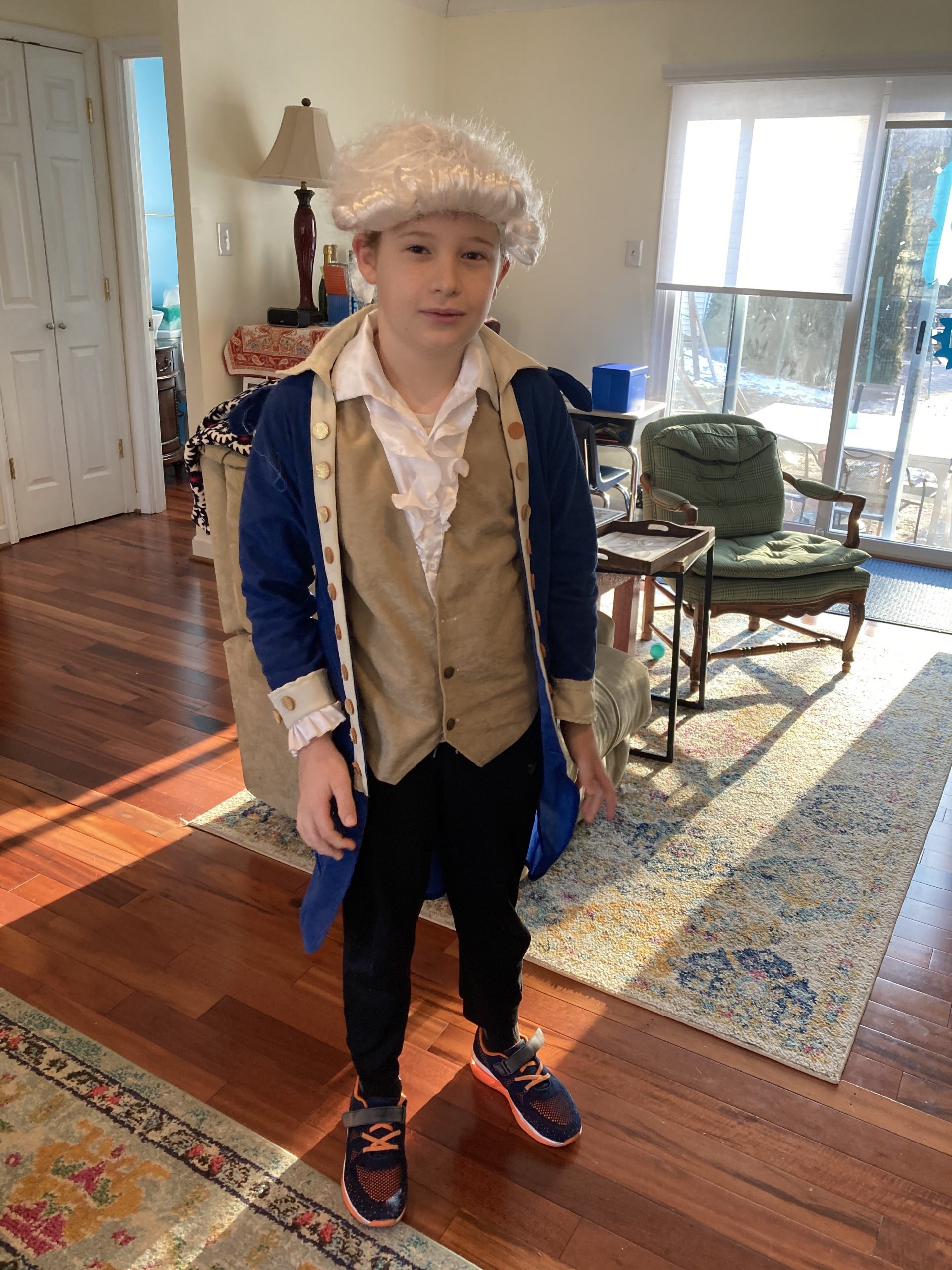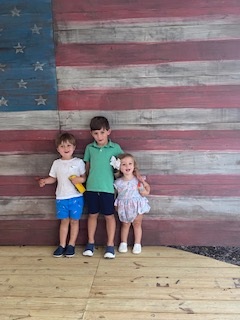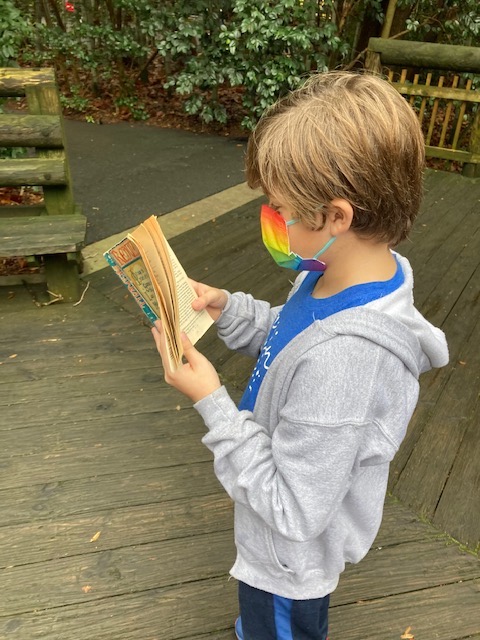This is a guest article by Mariale Hardiman, EdD and Jacqueline Renfrow.
One mind, many ways of learning. How parents can help foster joyful learning in all children.
How often have we heard the saying: “Parents are their children’s first teacher?” This assumption is that once kids enter school, teachers take over. But, as was made clear during the pandemic, parents never really relinquish the role of educator. (Cue memories of reteaching middle school fraction lessons and designing a second-grade diorama.)
Still, many parents feel inadequate at meeting the learning needs of their children—especially when making the eye-opening discovery that not all children learn the same way. Nor do all benefit from the traditional kinds of teaching that dominate most classrooms.
 But as more and more school districts and teachers gain emerging knowledge of how the brain thinks and learns, this information will become more accessible to the general public.
But as more and more school districts and teachers gain emerging knowledge of how the brain thinks and learns, this information will become more accessible to the general public.
How can parents foster joyful learning in all children?
Dr. Mariale Hardiman at the Johns Hopkins University School of Education introduced an instructional framework known as the Brain-Targeted Teaching® (BTT) Model. This model focuses on six “targets” or stages of the teaching and learning process that together form a cohesive and integrated system of instruction. As a curious mother of neurodiverse, elementary-aged children, Jackie Renfrow set out to understand more about how to best reach her children in their learning needs. “What I learned from Dr. Hardiman’s model helped me to better understand how my children learn, which includes much more than just classroom instruction. It takes into account emotions, the physical environment, and past experiences, to name a few,” says Renfrow.


By focusing on BTT Model’s first three targets—Emotions and Learning, the Physical Learning Environment and Attention, and Big Picture Understanding—here are some tips that can empower parents to act as a positive addition to their child’s education.
1. Brain-Target: Emotions and Learning
Think back to a time during your schooling years when a teacher, coach, or peer made an insensitive remark about you. Most likely, after this remark you could no longer concentrate on work but only on your feelings of anger or embarrassment. Known as “downshifting” this metaphor illustrates how attention can quickly shift from high mental functioning to the inability to focus on anything but your emotions.
Well established in neuro-cognitive research, there is a strong connection between negative emotions and stress on learning impairment, whereas positive emotional states actually enhance learning and memory. This is why promoting positive learning environments is paramount to a good education. Here are a few ideas for creating resilient children who experience joy in learning.
Deliver the right kind of praise
How a child is praised can affect how they view their own abilities. For example, when a child excels in school, it is tempting to say, “You are so smart.” But using this language builds the notion that “smartness” is something they were born with. So, what happens when they get a less-than-perfect grade on the next assignment? Instead, try praising a child for working hard, which signals that success is driven by effort and produces a “Growth mindset.“ A fixed mindset, however, is” The belief that intelligence cannot change.”
Try naming emotions
For young children, it is important that they understand and can begin to process their emotions. Simple games that require a child to name an emotion through the use of pictures or facial expressions help them to recognize and name how they feel. This can also help them regulate their feelings as they mature.
Introduce some art
Using any form of visual or performing arts makes learning more fun and helps students learn and retain information better. Think about how easy it is to remember a beloved song from the 80s. A growing body of research supports that at any age, using art in educational activities helps to cement learning and provides alternative avenues to acquire and retain knowledge.
2. Brain-Target: The Physical Learning Environment and Attention
The physical space, surrounding environment, and internal factors all influence a child’s attention and ability to learn. Check out some of these ideas that can aide in a child’s focus and attention.
Consider the sensory factors (i.e., visual and auditory stimuli) around the child
Cluttered environments can be distracting; orderly spaces for learning and playing help children to focus and avoid over-stimulation. Observe how auditory stimuli such as background media might also distract, especially when performing tasks that require heightened attention. And carving out quiet time is important for most children. Mindfulness exercises such as focusing on the breath or soft music can induce calm and provide a break from “noise clutter.”
Introduce novelty into the environment
Changes in the environment can heighten attention, so periodically changing where a child works or plays can be stimulating. Think about how outdoor spaces, inside a library or museum, or just a different space in the home can allow for much-needed movement. Also consider adding some art posters to the at-home learning space that encourage artistic curiosity.
3. Brain-Target: Big Picture Understanding
Imagine putting together a jigsaw puzzle without seeing the completed picture on the front of the box. The individual puzzle pieces would have little meaning without seeing the “big picture.” Research in the learning sciences emphasizes that knowledge is not a list of facts but is organized around big ideas that shape thinking and learning. Understanding how chunks of information fit together can help a child learn and retain information longer. Here are some ideas for encouraging a child’s big picture understanding:
Identify the “gist” of what your child is reading
Draw a visual representation of the main ideas in the form of a graphic organizer. For example, a “spider map” has a center circle showing the main concept and spokes that display details.
Create visuals
Visualization of any kind can help with big picture thinking. Sketching or doodling ideas and then connecting them goes a long way toward a more big-picture understanding of information.
Remember, much like a person’s face, all brains have the same structure, yet no two are exactly alike
No two brains process information in exactly the same way. Similarly, not all children will react to caregiving and environmental situations in the same way. Therefore, joyful learning comes in many different forms: It is the love and support that children receive that help them reach their full capacity to blossom into resilient, life-time learners.
 Bios of guest authors
Bios of guest authors
Dr. Mariale Hardiman is an author of books and articles that focus on educational practices informed by research from the brain sciences. Hardiman is a former school principal and current professor at Johns Hopkins University where her teaching and research support innovative approaches to instruction. She developed a teaching framework, the Brain-Targeted Teaching® Model that promotes positive learning environments, arts integration, and creative thinking. Hardiman presents her work internationally and her research has been highlighted in multiple media outlets including the New York Times, Forbes, Psychology Today, Pacific Standard, and Southern Living magazine.
Jacqueline Renfrow is a professional journalist, writer, editor and mom of three neurodiverse children who keep her mentally sharp. When she’s not answering geography and history questions for her children, she enjoys playing tourist in downtown DC because the city always has something new to explore.
















